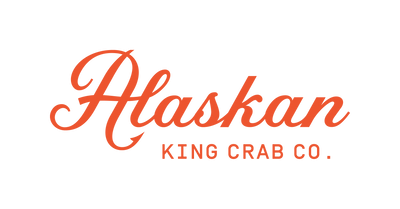Smoked salmon is a delicious addition to a bagel or brunch spread. Don't confuse it with lox, an Eastern European version of smoked salmon. This has been an important food for Native Americans, Eastern Europeans and Nordic people for millennia, and remains a popular choice!
Types of Smoked Salmon
Cold Smoked

Cold smoking is a misnomer because the salmon still goes in the smoker, just at a lower temperature. There are different views on which temperature is best, but most agree that less than 120 degrees but over 80 degrees is right. Cold smoking is an art because you have to do the brine just right to stave off bacteria which develop much faster at lower temperatures.
Hot Smoked
Hot smoking is a bit safer and takes much less time. Get your smoker up to about 225 degrees, and smoke for up to 2 hours per pound. Since the temperatures are higher, the smoking itself easily kills bacteria that may develop.
Cured
Curing is a smokeless preservation process resulting in something similar to smoked salmon, called gravlax. The cure itself dries out the fish and kills bacteria, making it both safe and delicious to eat. You just need salt, pepper and sugar, as well as any herbs you like. Then cure it for at least 24 hours in the fridge. It's that easy.
Jerky

A dehydrator is the tool of choice for jerky instead of a smoker. The salmon also needs to be cured beforehand to help with the preservation process. If you do not have a dehydrator you can use your oven on its lowest setting, but you must be more vigilant in that case.
Salmon Varieties Used for Smoking
Atlantic Salmon
The Atlantic salmon can live in freshwater or saltwater. They grow from 8-12 pounds and have unique migratory patterns, swimming long distances to feed and grow, before returning to their home river for spawning. Young salmon are brownish with dark stripes and spots. Their coloring changes with their migratory pattern. They are more silver when they live in the ocean, and bronze again when they come back to the river for mating.
Chinook

Chinooks are much bigger than Atlantic salmon. They can grow up to 100 pounds, though most are less than 50. The mostly silver colored fish are also called Blackmouth salmon due to their darker colored mouth. They are a Pacific salmon and are born inland in rivers, traveling to the Pacific Ocean and back throughout their lives.
Sockeye Salmon
Sockeye Salmon have bright red coloring while living in rivers, and bright blue coloring while in the ocean. They are also a Pacific salmon whose young grow up in lakes after spawning in a river, making their migratory journey even more complex. They have a great taste, and their meat is more orange than pink.
Nutrition Content of Smoked Salmon
Smoked salmon is a decadent treat that is actually pretty good for you. 4oz of the delicacy is a very generous serving and it only has about 130 calories, 20 grams of protein and 5 grams of fat. Most notably it has no carbohydrates at all. The food is high in sodium due to the curing process. However, salmon is very high in omega 3 fatty acids, an essential element in any diet. Overall, smoked salmon could be a part of any healthy diet plan.
Popular Preparations of Smoked Salmon
Smoked salmon is perhaps best known as an addition to bagels and brunches. It goes great with cream cheese, but you can also use it as a topping for any breakfast dish with hollandaise sauce to make it even more decadent. Use it as an addition to cucumber finger sandwiches at a tea party, or put it on top of your avocado toast!

Try the incredible fresh or frozen salmon from Alaskan King Crab for the best salmon smoking results!





